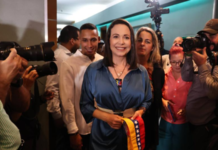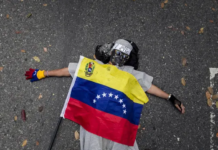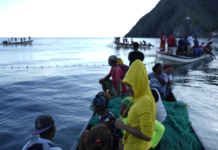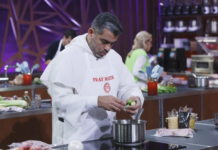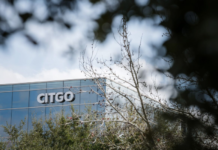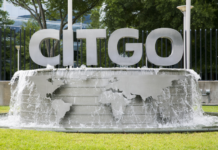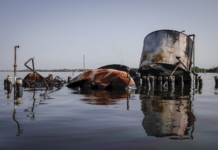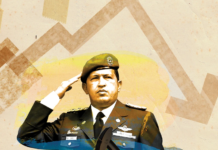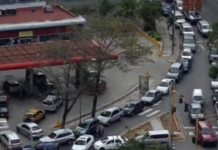[ad_1]
Fidel
Castro has issued a handful of written statements in recent
weeks, amid rumors surrounding his health.
Getty Images
Former Cuban leader Fidel Castro has died, his brother, Cuban
President Raul Castro, announced on state-run media.
President Castro announced Fidel’s death in a
televised address.
«At 10:29 in the night, the chief commander of the Cuban
revolution, Fidel Castro Ruz, died,» he said.
«Ever onward, to victory.»
Castro had been in failing health for years, and was the subject
of death rumors for nearly as long.
His cause of death was immediately unclear.
The Cuban revolutionary was born Fidel Alejandro Castro Ruz on
August 13, 1926, in the small eastern village of Biran. His
father was a wealthy sugarcane farmer; his mother worked as a
maid to his father’s first wife.
Castro received a Roman Catholic education through high school.
He later excelled as an athlete and went on to law school at the
University of Havana, where he would find an interest in
politics.
A more radical bent soon emerged, as Castro plotted and executed
several attempts at overthrowing Cuban leaders and making an
attempt at a bid for Cuba’s House of Representatives. Following a
series of offensives, he seized power in 1959 from Cuban dictator
Fulgencio Batista. He did not look back.
Fidel
Castro.
JFK Library
Though he was admired by leftists worldwide, Castro was demonized
by the US and many of its allies.
Castro moved quickly to nationalize businesses across the island,
moving away from the US and toward the Soviet Union. The US
officially cut all diplomatic ties with Cuba in January 1961.
To exiles who awaited Castro’s death, the Associated Press
reported, he embodied a heavy-handed regime that jailed political
opponents, suppressed civil liberties, and wrecked the island’s
economy.
After decades of political and military tumult, the tide began to
shift in Cuba’s ruling class.
Cuba’s insular policies began to thaw a bit in 1998, when Pope
John Paul II became the first pontiff to visit the nation. Pope
Benedict would follow more than a decade later.
In 2003, Castro was confirmed as president for another five-year
term. Then in the waning years of his rule, Castro oversaw
several initiatives that led to a major crackdown on independent
journalists, dissidents and activists, and a strengthening of
ties with Venezuela.
The Bolivarian Alternative for the Americas was birthed from
that, in which Cuba sent health professionals to Venezuela in
return for discounted oil.
Cuban
leader Fidel Castro looks out over a 3,000 stong crowd that
screaming «Fidel, Fidel,» in a concert hall were left-wing groups
were holding a rally against the UN summit for Social Development
in Copenhagen.
Reuters/FOR
P-BASE- FILE PH0TO
By 2006, Castro handed provisional control of Cuba to his
brother, Raul, while Fidel reportedly recovered from a major
intestinal surgery. That was the first time he surrendered
control of his power in 47 years.
He did not return.
In 2008, when the National Assembly prepared to reconfirm Fidel
as Cuba’s leader, he
declined in a letter.
At that point, he hadn’t been seen publicly for nearly two years.
The letter was posted to the Communist Party’s website
Granma, in which Castro said, “I do not bid you
farewell. My only wish is to fight as a soldier of ideas.”
Castro made several more public appearances in 2010, but
officially stepped down from the Communist Party of Cuba in 2011,
leaving the younger Raul Castro to introduce possibly the most
significant change in Cuba since the 1960s, announcing a
deal with the Obama administration to reinstate diplomatic ties
with the US in 2014.
[ad_2]
fuente
